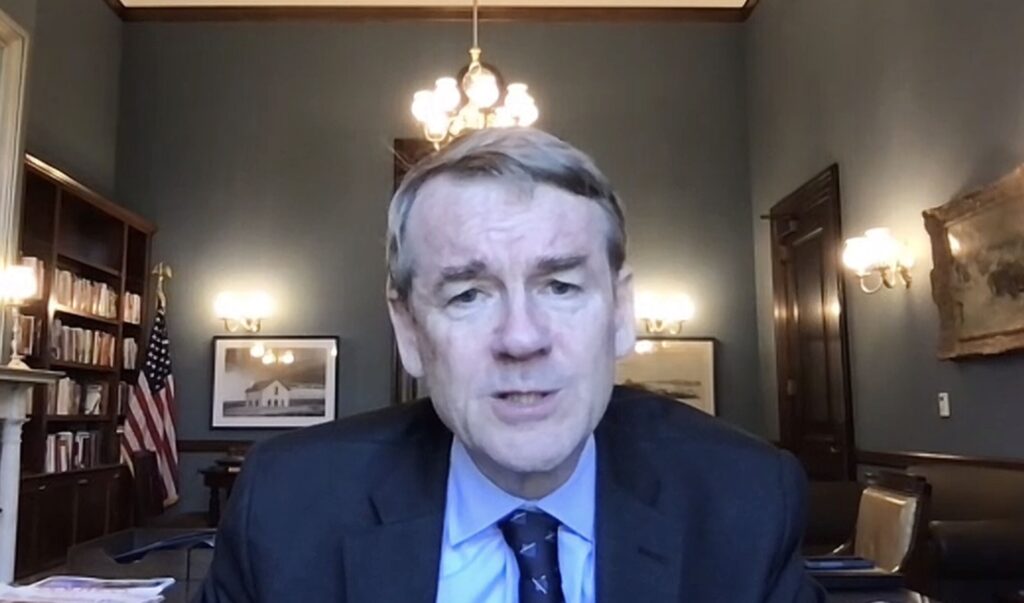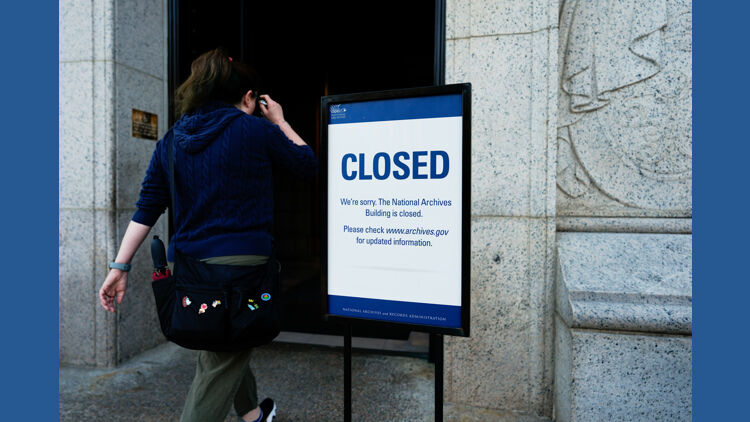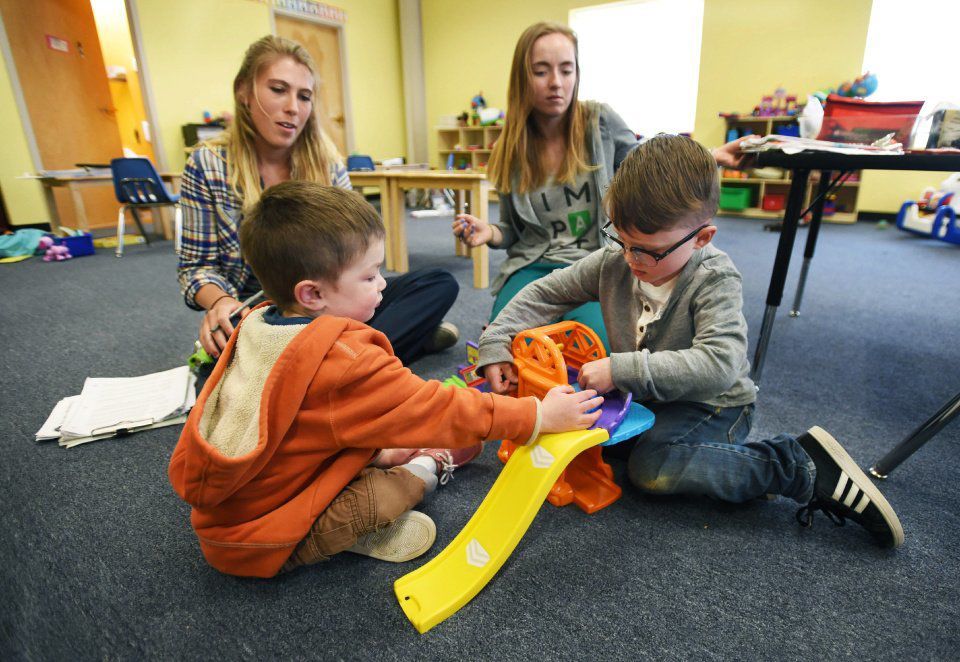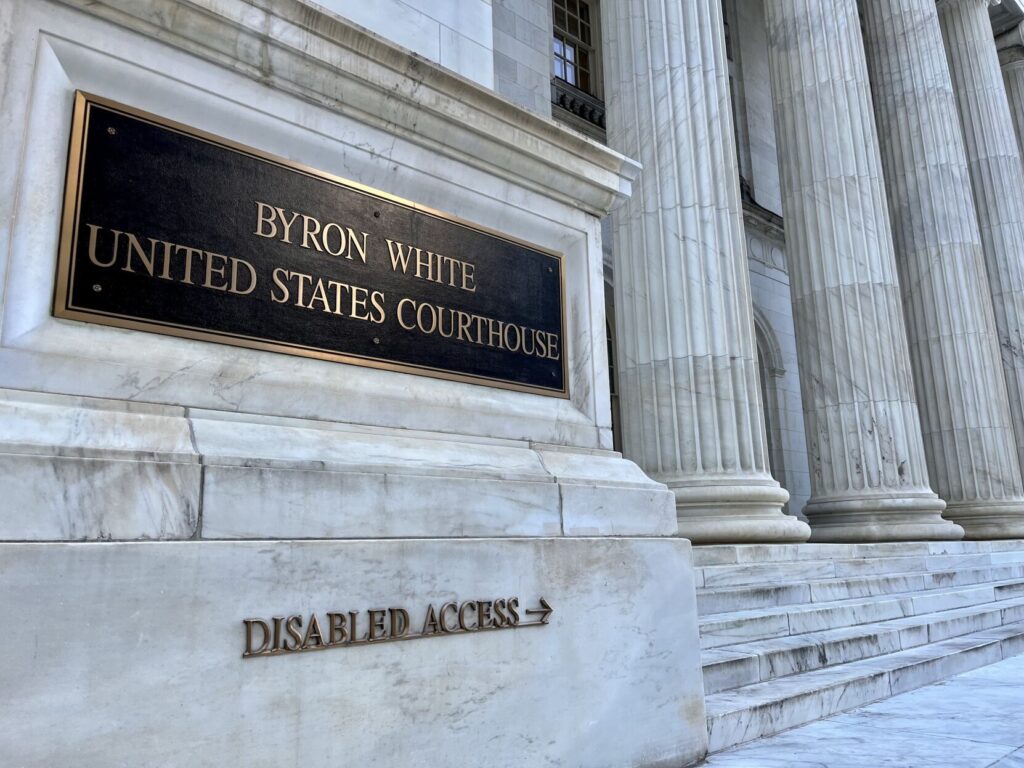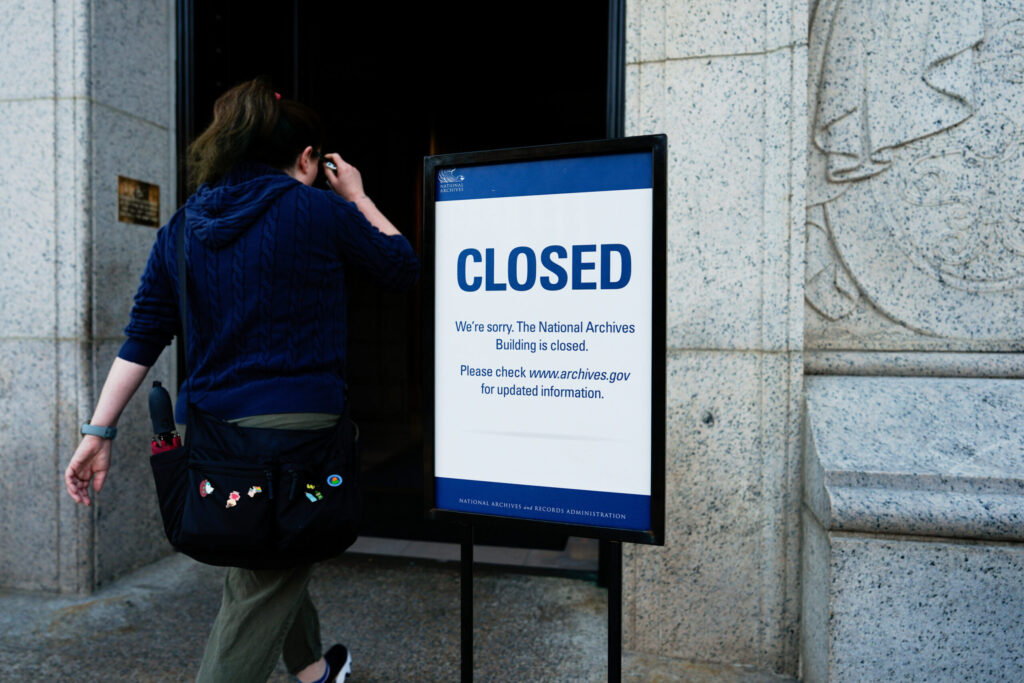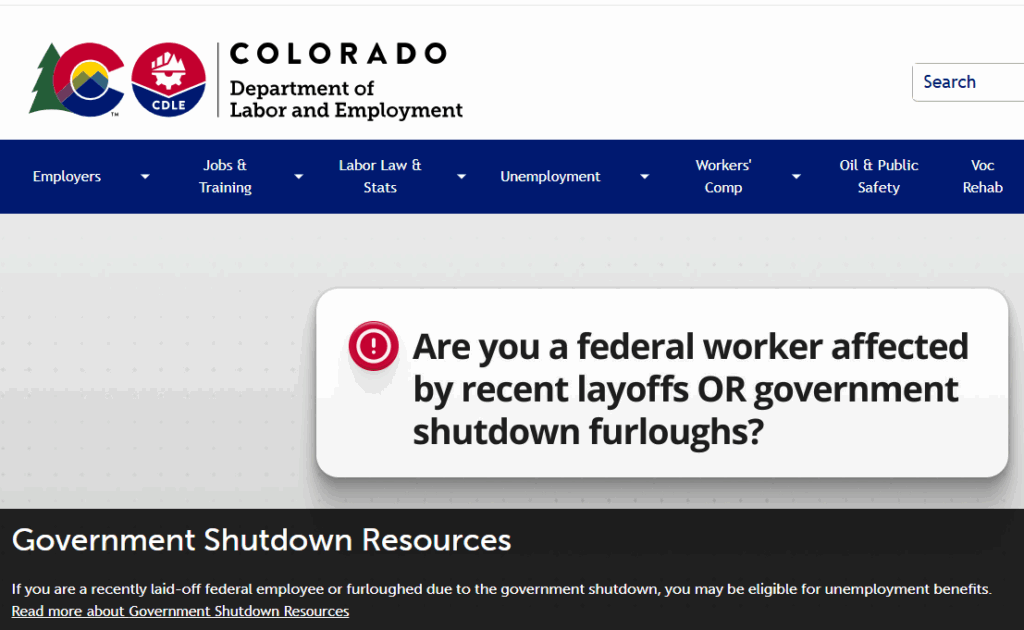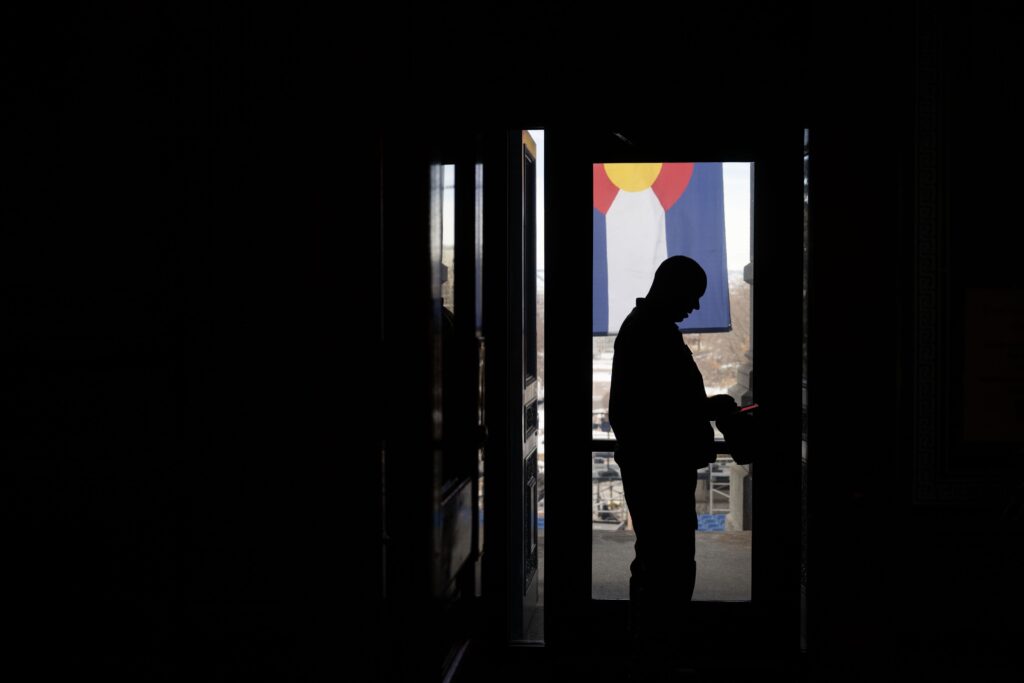? The effectiveness of ballot issue TV ads is iffy
Story Updated: 11/4/2016 at 12:34 p.m.
All those political TV ads we’ve been watching for what seems like an eternity are almost over, but what have they accomplished?
That’s the big question only Colorado voters can definitively answer as they cast their ballots in the Nov. 8 general election. Not counting the races for various offices, state voters will decide nine proposed ballot measures, including six amendments to the state constitution and three propositions to change state statutes. While not all of them have been the subject of a TV ad, those that have been seem to run nearly constantly.
Rob Preuhs, associate professor of political science at Metro State University in Denver, said those ads seem to serve a purpose.
“First, TV ads tend to cue voters to the importance of the issue and they, in turn, tend to seek out more information from other sources,” Preuhs wrote in an email, “either their own ideological dispositions or more specific informational sources like the internet, newspaper endorsements, party or political elite endorsements. The exact source of information is not terribly well-specified. This is in line with much of the literature on media influence – it tends to heighten awareness of specific issues, but not really push viewers toward one direction. Ideology and party affiliation tend to do the heavy work there.”
Preuhs added one of the constants in political campaigning applies to TV advertising as well: if one side does it, the other likely will, too.
“Some recent research suggests that media advertising does have an effect, but it is usually offset by the opposing side’s media advertising,” he wrote. “The idea is that if it is a major and high-profile issue, both sides will end up spending a lot on media advertising. Both have effects, but they offset each other’s spending.”
Preuhs noted when spending on media is lopsided, which is not often the case, but perhaps in the ColoradoCare (Amendment 69) or the tobacco tax (Amendment 72) campaigns, money spent on advertising will help their cause.
According to Ballotpedia, opponents of Amendment 69, organized as Coloradans for Coloradans, had out-raised supporters five-to-one, as of Oct. 18. ColoradoCareYES, the measure’s supporters, had received about $836,813, while opponents raised slight more than $4 million.
The No on Amendment 72 group had out-raised supporters six-to-one. As of Oct. 6, Yes on 72 had received $1.8 million, while opponents had raised $11 million, Ballotpedia noted.
Among other measures, Yes on Colorado End-of-Life Options, the support campaign for Proposition 106, had received almost $5.6 million as of Oct. 18, while No on Prop 106 had raised $2.5 million and No Assisted Suicide Colorado reported nearly $2.4 million. Another group supporting Proposition 106, Compassion and Choices Action Network, reported $5.4 million in contributions.
Supporters of Amendment 71, organized as Raise the Bar Colorado, raised $4.2 million as of Oct. 18. Protecting Colorado’s Environment, Economy and Energy Independence (YES On 71) reported raising more than $14 million. Opponents organized as four committees had raised just $643,591. The group leading the campaign in support of the two primary election propositions, 107 and 108, Let Colorado Vote, had raised almost $3.5 million as of Oct. 18, while the two groups opposing the proposition had raised $8,942.
Colorado Families for a Fair Wage, the campaign supporting Amendment 70 that would gradually raise Colorado’s minimum wage, had out-raised opponents four-to-one. As of Oct. 18, supporters had received $4.3 million, while Keep Colorado Working, the opposition campaign, had received $1.2 million.
The total of contributions and loans to Colorado ballot issue committees since the first of the year was more than $81 million through Oct. 20 according to Ballotpedia .
Negative ads more effective
Dan Smith, a political science professor at the University of Florida, has done a lot of work on direct democracy and the initiative process. Before he moved to Florida about eight years ago, Smith taught at the University of Denver. He said some studies have found that TV advertising can have an effect on how voters cast their ballots, usually associated with how much money is spent on those ads.
“And it’s a lot easier for opponents to craft a convincing TV or radio ad to get the vote totals to come out below the 50 percent plus one threshold,” Smith said, since most people are apprehensive about change.
For example, Smith pointed to Initiative 17 on the 1996 ballot, dubbed the Colorado Parental Rights Initiative. It was a proposed constitutional amendment that said parents have the right to direct and control the upbringing, education, values, and discipline of their children.
“There was some message testing done and they found one concern about it was the potential for child abuse,” Smith said. “That’s not what the intent was at all, but the opponents started running a series of mostly radio ads with kids screaming in the background and parents yelling. That measure went from 80 percent support to defeat (by a 58-42 percent tally) and I think it was because the opponents just hammered away at that perception.”
Making television advertisements for ballot initiatives effective is also difficult for proponents, “because you have to cut through all the noise” from opponents and others, Smith added. He also pointed out that unlike many candidates, ballot measure advertising rates are not discounted, making the outreach effort more expensive.
“That’s why you generally see ballot measures that have led in the polls start to tighten as Election Day nears,” Smith noted.
Fragmented audience, earned media factors
Dustin Olson, managing partner and director of consulting at Olson Strategies & Advertising in Denver, said the top recommendation he gives clients is to truly understand how to effectively communicate a message and target voters who are most likely to be responsive.
“You also want to base your advertising on the demographics, the market or district,” Olson added. “That’s why you want to do the research to find out what people really care about.”
Olson’s firm has worked on at least 14 ballot questions over the past 10 years, ranging from the recall of former state Sen. John Morse to tax questions in Ohio to gambling questions, and for groups opposing measures such as hospital unionization and marijuana legalization. This year, Olson’s Strategies’ Kelly Sloan is working for the anti-minimum wage group (Amendment 70) and the groups backing Amendment 71, the Raise the Bar amendment.
An old political rule of thumb for ballot issues is that if opinion polls do not show a measure with the support in the high-60 percent, low-70 percent levels, it will likely fail on Election Day, Olson noted.
“When voters have any doubts, they will usually vote ‘no’ on something, especially if it’s written in hard-to-understand language, which a lot of them are” due to legal requirements, he said.
Another standard belief is that if a question involves tax money, it must be well written, with specific uses identified, to get voter approval, Olson added.
“And if you have a ballot measure that’s seen money spent on both sides, the polling is often more accurate because you’re talking to more educated voters,” he said.
This election year, Olson said we’ve seen “a ton” of money spent on ColoradoCare, along with the tobacco tax and Raise the Bar amendments.
“So you’ll see the polling will likely be closer to the actual results on election night,” he stated, largely due to the advertising done on those measures. “We’ve found that if our message polls well when we test the language, it will pass.”
As far as ever reaching the too-much-of-a-good-thing point with TV advertising on a specific measure, Olson said it’s hard to say when or if you reach that critical mass. And the general effectiveness of TV advertising has been diluted over the years, due mostly to the huge jump in channels that came with premium cable expansion and now online shows and more.
“You have talk radio, the internet, social media and even online stations,” Olson said. “It’s a big challenge, because most people don’t want to hear about politics. So if a media source they read or listen to does not have anything about politics, that’s what they listen to or read. You’re not reaching them” in an effective way with advertising.
“Donald Trump has changed things forever, too, in terms of earned media,” Olson said of the Republican presidential candidate’s use of news media outlets to relay his messages at no cost.
Olson said he read one estimate that Trump’s earned media was worth $2 billion in advertising, with his messages repeated on TV, talk radio, cable TV shows, social media and other outlets.
“In large part, that’s why he made it through the (Republican presidential) primary,” he stated.
Olson said the earned media part of political campaigning will likely affect future ballot measure advertising, including TV, radio and other outlets.
Correction: This story has been updated to reflect that Olson heard Trump’s earned media is worth $2 billion in advertising, not $2 million. The update also reflects that Olson Strategies is not working directly for the anti-minimum wage increase group, but Kelly Sloan, who works for Olson Strategies, is.



